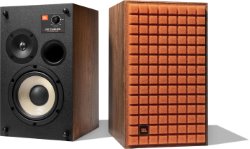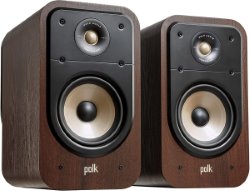JBL L52 Classic vs. Polk Signature Elite ES20
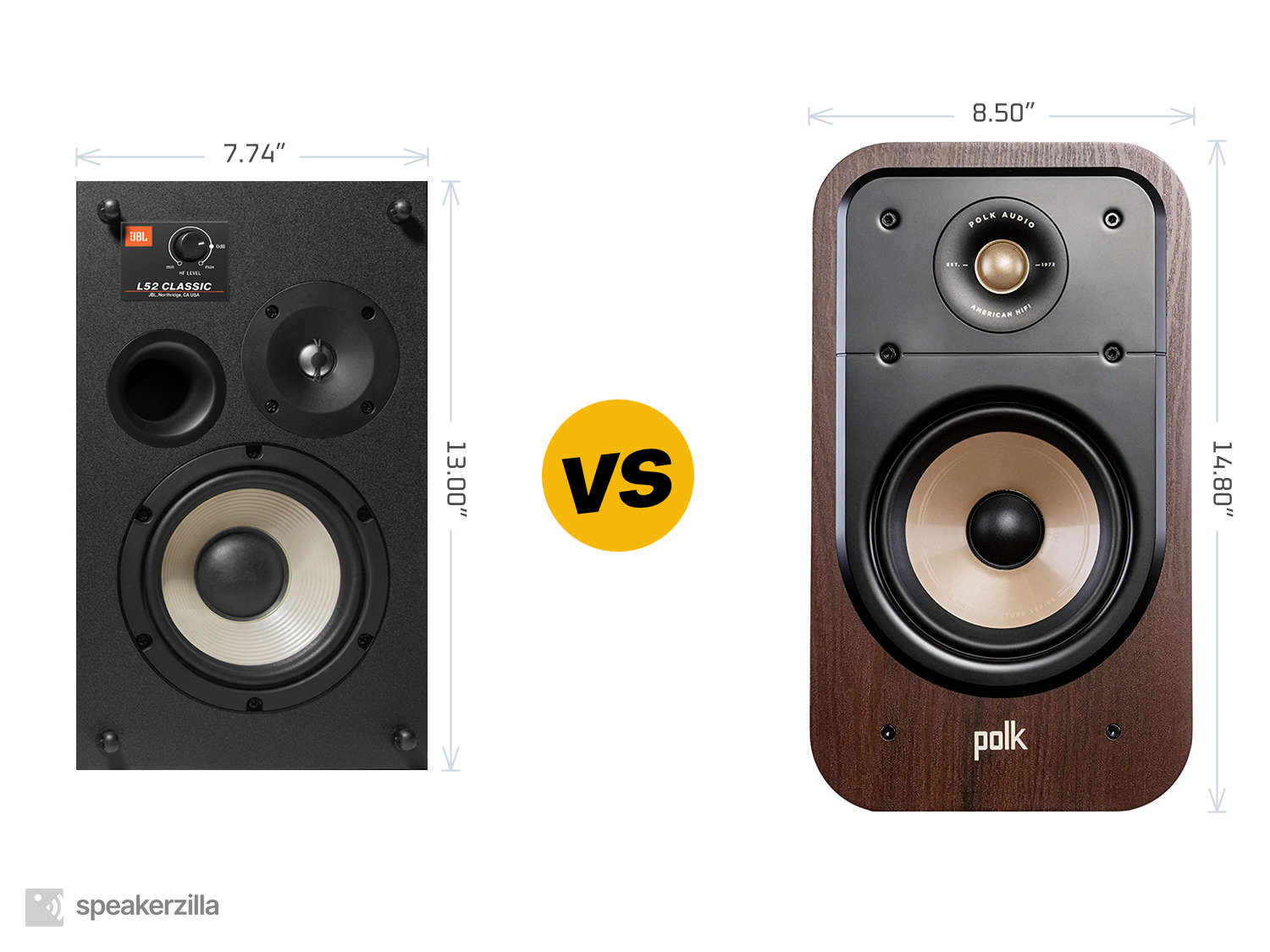
| JBL L52 Classic Bookshelf Speakers | Polk Audio Signature Elite ES20 Bookshelf Speakers |
| MSRP | |
| $1000 | $400 |
| Dimensions (H × W × D) | |
|
13.00” × 7.74” × 8.51” 330mm × 197mm × 216mm |
14.80” × 8.50” × 13.80” 376mm × 216mm × 351mm |
| Power Type | |
| Passive | Passive |
| Frequency Response | |
| 47-24,000 Hz | 44-40,000 Hz |
|
Amazon.com
|
Amazon.com
|
Key Takeaways
TLDR Summary: The JBL L52 Classic and Polk Audio Signature Elite ES20 are enticing bookshelf speakers offering distinct audio experiences. The L52 Classic channels JBL’s storied retro design with a warm, dynamic sound profile and solid bass, courtesy of its acoustic legacy. Meanwhile, the Polk ES20 delivers contemporary style, with a crisp, detailed soundstage and Polk's patented Power Port technology for deeper bass response. JBL appeals to vintage enthusiasts seeking punchy performance, whereas Polk caters to modern audiophiles desiring clarity and room-filling sound. The choice hinges on aesthetic preference and whether one prioritizes mid-century verve or cutting-edge precision.
Speaker Comparison
In the realm of bookshelf speakers, the JBL L52 Classic and Polk Audio Signature Elite ES20 are two standout contenders that offer distinctly different experiences for the discerning audiophile. Both are recent entries into the market, looking to woo buyers with a blend of retro charm and modern acoustics. The L52 Classic, with its iconic JBL styling, is a nod to the company's storied past, while the ES20 from Polk Audio brings a contemporary design ethos that fits seamlessly into today's living spaces.
JBL L52 Classic: A Retro Acoustic Marvel
First up, the JBL L52 Classic carries with it the weight of the brand's heritage. With a design that harkens back to the golden age of hi-fi, the L52 Classic boasts a walnut wood veneer cabinet and Quadrex foam grilles available in a selection of colors. This speaker isn't just about looks, though; it's packed with a 5.25-inch pure-pulp cone woofer and a 0.75-inch titanium dome tweeter nestled within JBL's patented High-Definition Imaging (HDI) waveguide. This setup yields a sound that is both warm and detailed, with an emphasis on delivering a lively performance reminiscent of JBL's classic studio monitors.
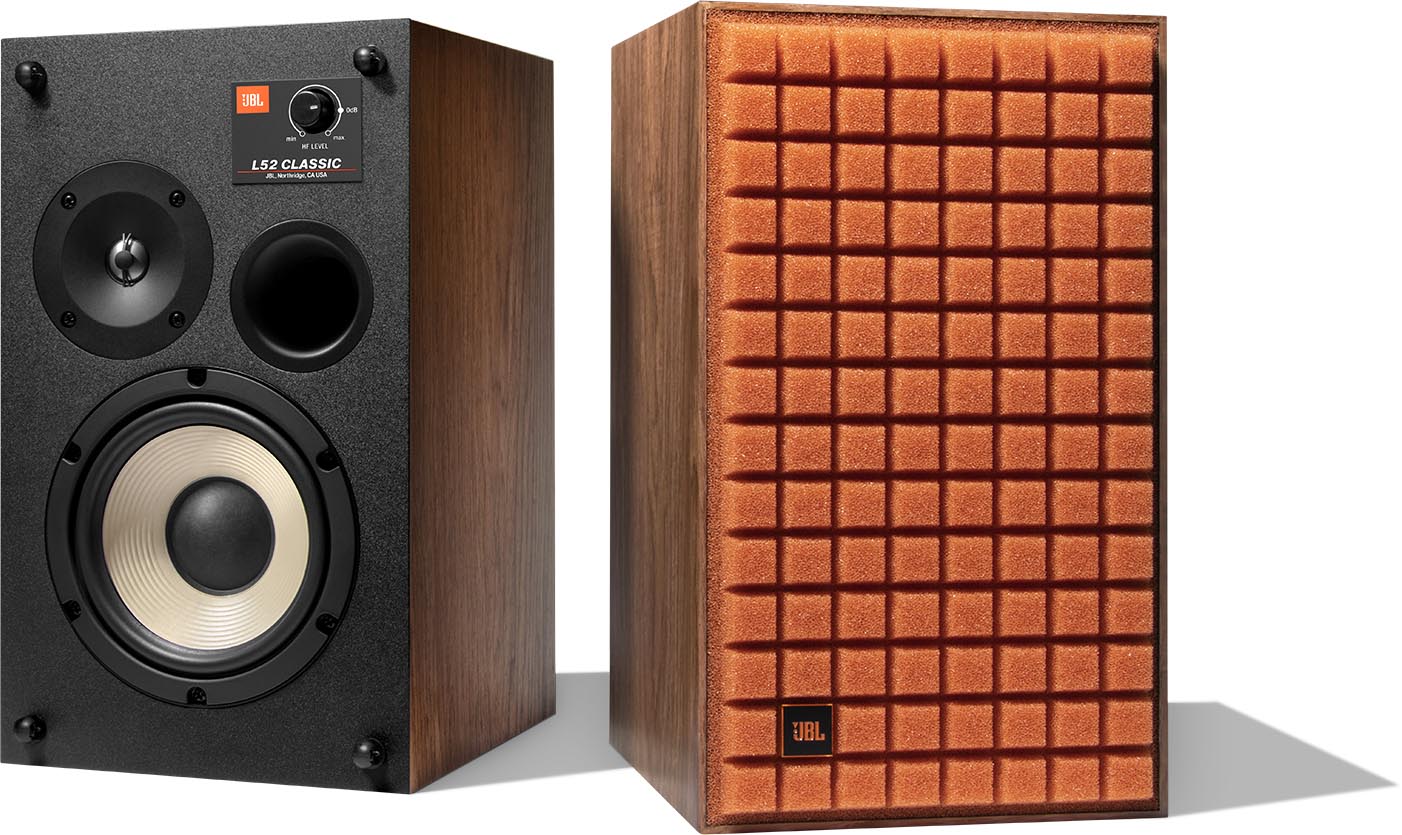
 (at Amazon.com)
(at Amazon.com)Polk Audio Signature Elite ES20: Modern Sonic Clarity
The Polk Audio Signature Elite ES20, on the other hand, takes a more contemporary path. Its sleek, well-braced MDF cabinet comes in a range of modern finishes, ensuring it blends well with the latest interior design trends. Polk's proprietary Dynamic Balance acoustic array features a 6.5-inch mid-woofer and a 1-inch Terylene tweeter, promising a well-balanced sound profile. The ES20's sound is characterized by its clear highs and a wide soundstage, with Polk's Power Port technology ensuring deeper bass response while minimizing port noise and turbulence.
Soundstage and Imaging
When it comes to soundstage and imaging, the JBL L52 Classic presents an expansive soundscape that allows each instrument to occupy its own space, making it particularly enjoyable for live recordings or orchestral pieces. The HDI waveguide plays a significant role here, projecting sound that fills the room with ease. In comparison, the Polk ES20 offers a more focused soundstage, lending itself well to intimate listening sessions where precision and clarity are desired, especially in complex tracks where multiple instruments vie for attention.
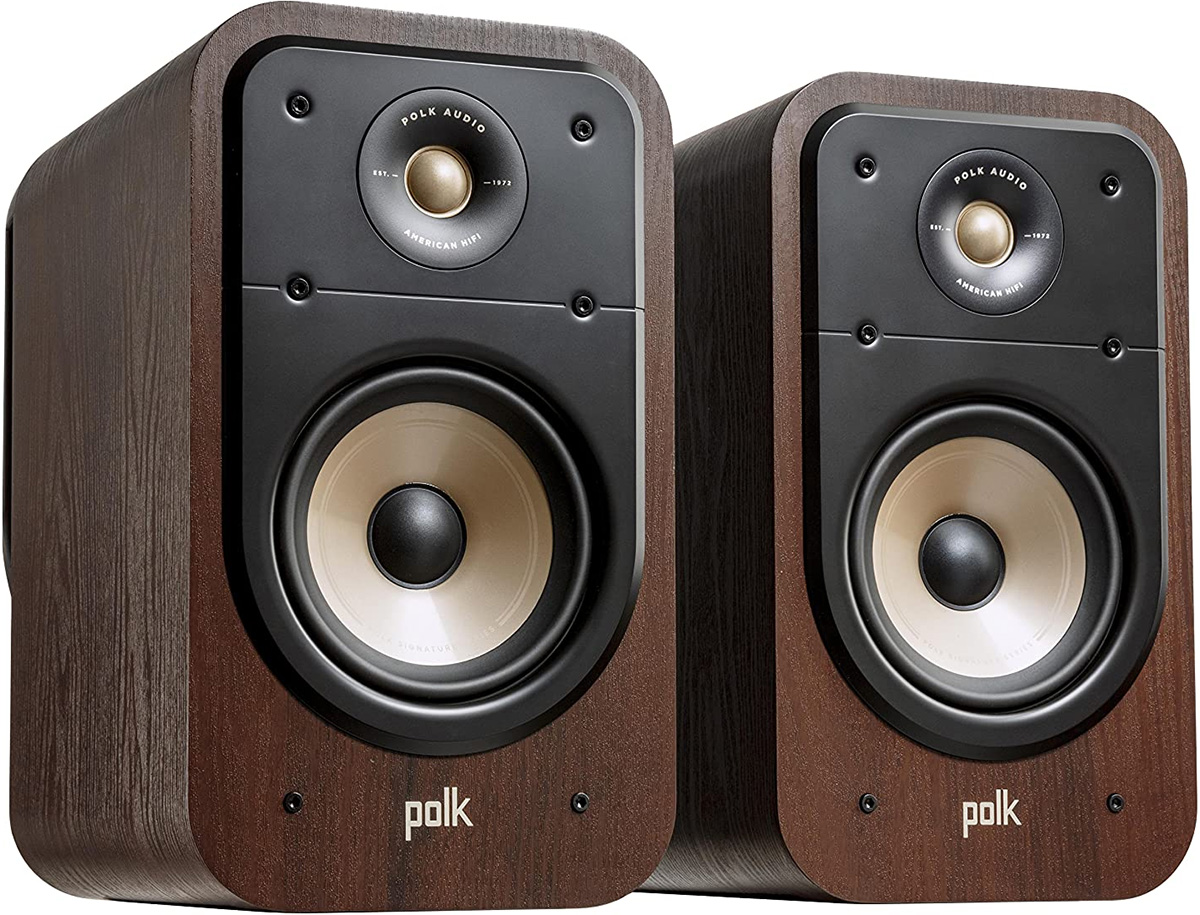
 (at Amazon.com)
(at Amazon.com)In the bass department, the JBL L52 Classic is surprisingly robust for its size, thanks to its acoustic suspension design which aids in tight and controlled low-frequency reproduction. Although it won't shake the rafters like a floorstander, it offers a satisfying punch that complements its overall sound signature. Polk's ES20 counters with its Power Port technology, giving it an edge in deeper bass extension. This makes the ES20 a better fit for genres that demand a more pronounced bottom end, like electronic or hip-hop music.
Compare to similar speakers
Power Handling and Efficiency
When comparing power handling, the JBL L52 Classic is quite efficient, making it a great match for a wide range of amplifiers and receivers, including those with modest power outputs. This efficiency does not come at the expense of dynamic range, as the L52 Classic is capable of delivering spirited peaks without distortion. The Polk ES20 is also accommodating when it comes to amplification, but it may benefit from a bit more power to truly unlock its full potential, especially if one is looking to fill a larger room with sound.
Ultimately, the choice between the JBL L52 Classic and the Polk Audio Signature Elite ES20 will depend on personal preference and the specific requirements of one's listening environment. The L52 Classic, with its retro looks and engaging sound, might appeal to the audiophile who cherishes musical nostalgia and a more forward presentation. The Polk ES20, with its modern aesthetics and refined clarity, is suited to those who prioritize contemporary design and detailed sound reproduction. Both speakers stand as testaments to their manufacturers' commitment to quality audio, and either would be a worthy addition to a home audio setup.
- JBL L52 Classic reviews and FAQs
- Polk Signature Elite ES20 reviews and FAQs
Check Current Prices: |
|
|
Amazon.com
|
Amazon.com
|
Affiliate Disclosure: As an Amazon Associate, we earn from qualifying purchases.
